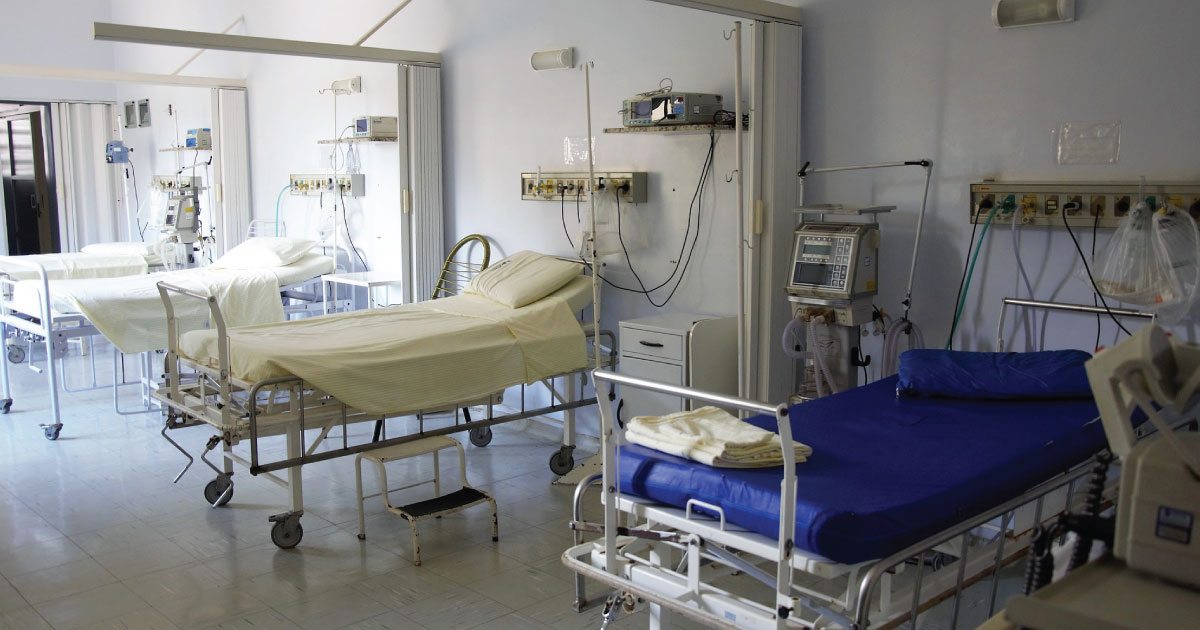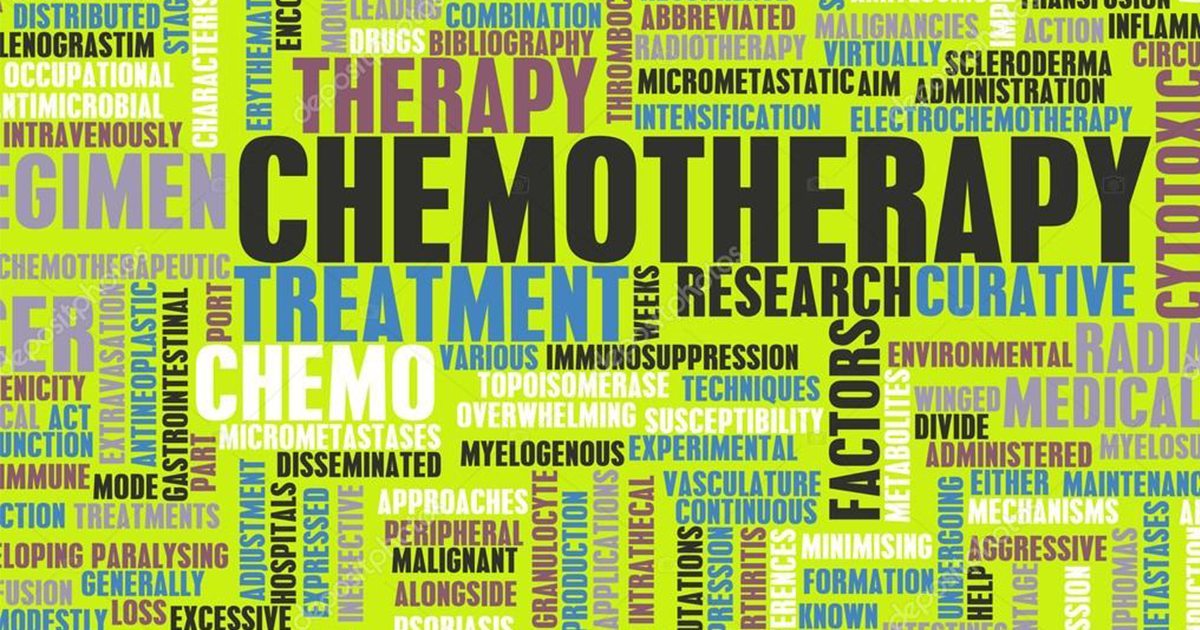Author: Lisa Hyde-Barrett

Mesothelioma Treatment Centers Offer Best Care Options
What do you do once you are diagnosed with mesothelioma? Some people prefer to stay close to their homes and receive treatment in familiar surroundings. The choice is individual, but we strongly encourage patients and families to go to a mesothelioma treatment center to receive cutting-edge treatment.
What do you get at a mesothelioma center? There are resources available that you will not get at your local facility. The first thing is a wide variety of dedicated professionals who focus on mesothelioma. A patient is often supported by a medical team of oncologists, surgeons, pulmonologists, radiation therapists, and researchers. Having all these experts under one roof allows for collaboration and experience to best serve the mesothelioma patient and family.
Another benefit of a mesothelioma center is that they offer support services. This can include access to social workers, chaplains, palliative care specialists, alternative medicine and resources for accommodations. These professionals often offer support groups where you can meet with other patients or caregivers who are going through the same thing as you. Although each journey is unique, it is comforting to know you are not alone.
Traveling to a mesothelioma center can be inconvenient, but many centers have relationships with local hotels, hospitality homes, and rentals. There are resources available.
This past week, I spoke to a patient who had driven 1,000 miles- he does not like to fly- to receive treatment for mesothelioma. He told us he had researched and talked to other patients and decided to make the journey. What lies ahead for him no one knows, but he and his family know they have sought out the options that are right for them.
One of the most important advantages that you gain from a specialty treatment center is hope. Mesothelioma is a challenging disease, but there are options. Mesothelioma patients can return to their everyday lives.
Do what you feel is right for you, but know that there are other mesothelioma treatment care options available.

Nurse Offers Patients and Their Families a Happy New Year
No matter what religion you practice or which holidays you celebrate, this is a tough time of year to be a patient in the hospital. For the many years that I have been a nurse, and the number of holidays that I have worked, I have learned that most patients do not want to be there. There is usually a push to get as many patients out of the hospital as possible before the holidays, of course ensuring they are ready for discharge. But for the many who are not ready, they must remain hospitalized during the holiday season.
Knowing this and knowing that many nurses start talking about working the holidays and trading shifts in July, working the holidays is a subject that many staff find difficult. The holidays are difficult for everyone, the patients who are sick and the staff who are working, and the families who are trying to be supportive of their loved ones.
When I look back on the holidays that I have worked, I find now that I had many experiences that did not seem so positive at the time, but are now uplifting and memorable. The most overriding feeling is one of companionship, the concept that we are all in this together – patients, staff, families – all working toward the goal of helping the patient to get better or to help alleviate their suffering. Doing something to help another human being, at a time when they are most vulnerable, is really an opportunity that as a nurse we are privileged to be able to offer.
Once the diagnosis of mesothelioma is made, the holidays and all they represent take on a new dimension. Spending time with your loved ones becomes so much more important than spending money on material things. As we remember our past holidays we savor the opportunity to make memories that last long after any presents are exchanged.
As we enter a new year, we are once again reminded that tomorrow is promised to no one. Enjoy your family and savor every moment of your life.
Wishing you and yours a happy and healthy new year!

Feeding Tubes as Part of Mesothelioma Care
During a patient’s journey with mesothelioma, or any cancer, nutrition plays a vital role. Research has shown us how important proper nutrition is in the healing process. It is a building block of recovery, especially one that includes surgery, chemotherapy and radiation.
Some patients who are having treatment for mesothelioma have a complication that involves inserting a feeding tube. Often, this is a temporary measure until the patient is stronger and is able to maintain their nutritional status on their own.
The thought of a tube being inserted into your body, and feedings going through them is a difficult concept for many patients and their families.
There is a lot of misinformation regarding the insertion of a feeding tube and the role of tube feedings in treatment of patients. Insertion of a feeding tube and initiation of tube feedings are always done after careful consultation with the patient’s medical team and the patient. There are a lot of different scenarios for why a feeding tube might be recommended for a patient.
Feeding tubes can be placed in the nose or abdomen. For patients who are going to need them for more than a few days, it is usually the abdomen. Patients who are going to a rehab facility after their hospitalization usually have the feeding tube placed in their abdomen. The tubes themselves can be temporary and can be removed when they are no longer needed.
There are different kinds of feeding tubes and different reasons for placing the tubes where they are being placed. A nasogastric tube is placed through the nose, and the tube ends up in the stomach. This tube is good for patients who require feeding for a short amount of time.
A direct method to the stomach is a gastrostomy tube- which is placed into the stomach with the tube coming through the abdomen. A percutaneous endoscopic gastrostomy tube, PEG tube, is a technique for placing a gastrostomy through the skin to the stomach. A jejunostomy tube, J-tube, is placed directly to the intestine instead of through the stomach. There is also a percutaneous route to insert this tube called a PEJ tube. There are also tubes that have a gastric portion and a jejunal portion. The location of the tube is decided based on the individual patient‘s situation.
The whole issue of feeding tubes and the actual tube feedings can be overwhelming. There are resources available on the internet for support and questions. See the Feeding Tube Awareness Foundation and www.shieldhealthcare.com for more information.
From my experience with mesothelioma patients, when feeding tubes are inserted and tube feedings begin it is usually a temporary measure allowing patients to heal over time. We have seen patients regain their strength quickly and no longer need the tube.
All patients and their mesothelioma care are unique. Ask questions of your team. Reach out for information as you, your family and your medical care team all work toward the best possible care.

Caregivers and Nurses Deserves Recognition
 November has come and gone, but do not forget the importance of taking the theme from the month, National Family Caregivers Month, forward throughout the year. “Taking Care to Give Care.” November is dedicated to caregivers throughout the country, and is also the month we give thanks for all our blessings. It is not a mistake that the two are in the same month.
November has come and gone, but do not forget the importance of taking the theme from the month, National Family Caregivers Month, forward throughout the year. “Taking Care to Give Care.” November is dedicated to caregivers throughout the country, and is also the month we give thanks for all our blessings. It is not a mistake that the two are in the same month.
The mesothelioma community is blessed with many vital, active, caregivers. The caregivers give of themselves totally for their loved ones- often neglecting their own health. The long term effects of this on the caregiver’s health is known. The continued stress that caregivers are under often leads to chronic conditions that many times go unrecognized. The stress of caregiving can have a negative long term effect on a caregiver’s health.
The statistics about the long term health effects of caregiving includes 17% of caregivers saying their health has generally gotten worse as a result of their caregiving responsibilities. The mental and emotional effects of caregiving show a staggering 40% to 70% of family caregivers have clinically significant symptoms of depression. These statistics, and many more, regarding caregivers can be found at https://www.caregiver.org/.
We have seen firsthand the important role caregivers play in the treatment and care of mesothelioma patients. Some would not have pursued additional treatment if it was not for a researching spouse, or an internet savvy grandchild. Every patient has a story to tell, and every caregiver does as well.
The toll that caregiving takes on people may not be evident to them as they are in the midst of caregiving. One caregiver whose focus for two months had been to get her husband well enough to get home accomplished her goal only to land in the hospital herself with a heart attack three days later. Another couple were walking in the hall and we immediately recognized the patient, the spouse’s appearance had changed drastically. Not only had she lost a considerable amount of weight, she had aged noticeably since his diagnosis.
Chances are all of us at one point in our lives will be in the Role of Caregiver. The importance of recognizing this role is not limited to one month a year. The statistics are impressive, but looking beyond the statistics, are the faces and lives of everyday people doing extraordinary things.
There are support and resources available for caregivers. Many of the resources offer different ways to connect for additional support. It is very important for you, as the caregiver, to realize that you need support and to take care of yourself both physically and emotionally.

Mesothelioma Nurse Thinks That Laughter Can Be the Best Medicine
“Laughter is the best medicine.” The origin of this quote is thought to be the Old Testament Proverbs 17:22, “A joyful heart is good medicine. But a broken spirit dries up the bones.” The role of laughter in helping people feel better has long been held to be true. When dealing with mesothelioma and all the treatments, there is often not much to laugh about. Patients are told to remain positive, but this is often very difficult.
How important is a good, hearty laugh? According to research, laughter can affect us both physically and emotionally. Physically, laughter can increase our intake of oxygen, stimulates our heart, lung and muscles, and increases the endorphins released by the brain. Laughter can give you a relaxed feeling by activating your stress response and soothing tension by stimulating circulation and reducing some of the physical symptoms of stress.
One of the most important effects of a good laugh is on the immune system. The important role that the immune system plays in health and disease is being explored and there are many opportunities for targeting the immune system for future treatment of diseases. Laughter helps the immune system by releasing neuropeptides that help fight stress. Laughter can also relieve pain by causing the body to produce its own natural painkillers.
Author Norman Cousins, in his book “Anatomy of an Illness,” noted that 10 minutes of laughter, watching a funny movie or TV show, allowed him two hours of pain-free sleep.
A study from the University of Kentucky showed that in a group of women who laughed at a funny movie, those who had laughed out loud had higher levels of natural killer cell activity to help fight diseases, compared to the group who quietly watched.
There isn’t too much downside to laughing. The diagnosis of mesothelioma is not a laughing matter, but trying to find the humor in certain situations can help your overall physical and mental health.
As Dick Van Dyke sang in Mary Poppins, “I love to laugh, loud and long and clear. I love to laugh it’s getting worse every year. The more I laugh the more I fill with glee, and the more the glee, the more I am a merrier me.”
Know more about Mesothelioma and how you can deal with it.
Free Mesothelioma Patient & Treatment Guide
We’d like to offer you our in-depth guide, “A Patient’s Guide to Mesothelioma,” absolutely free of charge.
It contains a wealth of information and resources to help you better understand the condition, choose (and afford) appropriate treatment, and exercise your legal right to compensation.
Download Now